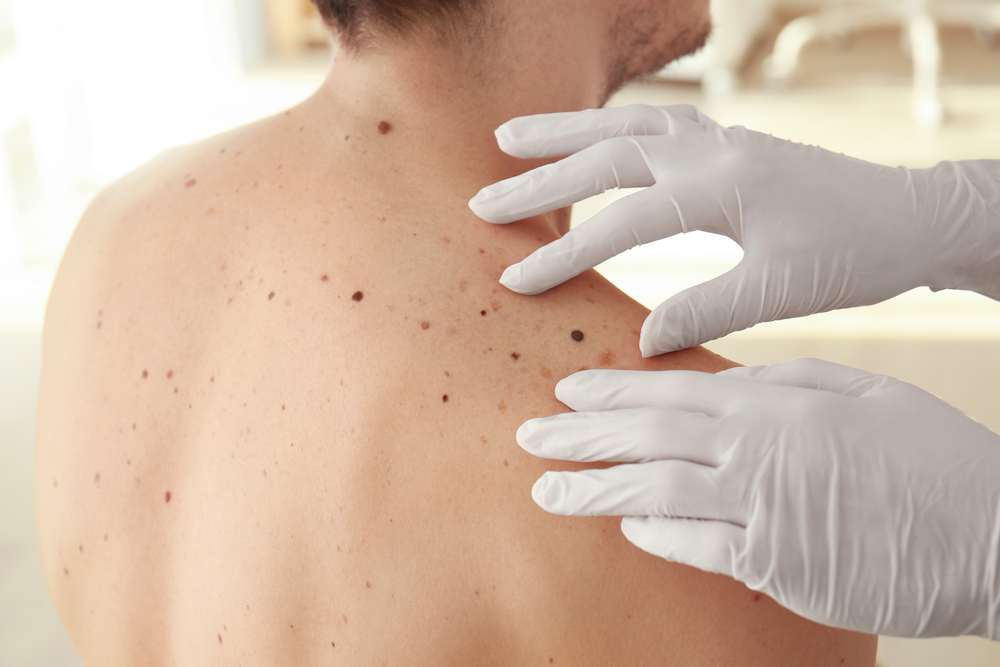Consider mohs surgery to remove skin cancer with minimal scarring.
Consider mohs surgery to remove skin cancer with minimal scarring.
Blog Article
Browsing Skin Cancer Cells Treatment: The Important Role of Mohs in Modern Dermatology Practices
Skin cancer, an overwhelming diagnosis, usually leaves clients grappling with countless treatment choices. As we discover the intricacies of this treatment, one will appreciate its pivotal duty in skin cancer therapy.
Understanding Skin Cancer Cells: Kinds and Risks
There are three main types of skin cancer cells: Basic cell carcinoma, Squamous cell carcinoma, and Cancer malignancy. It accounts for only about 1% of skin cancer cells cases however causes the huge majority of skin cancer deaths. Threat elements include reasonable skin, background of sunburn, extreme sun exposure, living at high altitudes or close to the equator, having many moles, a family members background of skin cancer, and compromised immune system.
What Is Mohs Surgical treatment and Exactly How It's Transforming Skin Cancer Therapy
In spite of the numerous therapies currently readily available for skin cancer, Mohs surgical procedure sticks out as a groundbreaking and highly efficient service. Called after Frederic E. Mohs, the doctor that established the treatment, Mohs surgery is a specific surgical strategy used to treat skin cancer cells. Throughout the procedure, slim layers of cancer-containing skin are progressively eliminated and examined up until just cancer-free cells stays. This approach enables the doctor to validate that all cancer cells have been gotten rid of at the time of surgical procedure. This level of precision, incorporated with the capacity to spare as much healthy cells as feasible, is transforming skin cancer cells therapy. Because of this, Mohs surgical treatment has actually come to be a cornerstone of modern dermatology methods.
The Advantages of Mohs Surgery Over Traditional Skin Cancer Treatments
Structure on the innovative nature of Mohs surgical treatment, it's important to consider its numerous benefits over conventional skin cancer cells therapies. Unlike conventional treatments, Mohs offers a greater treatment rate, commonly reaching 99% for new therapies he has a good point and 94% for persistent cancers cells. Additionally, it reduces damages to healthy and balanced skin, leading to less scarring and improved cosmetic end results.
The Procedure of Mohs Surgical Treatment: What to Expect During the Refine

Prospective Adverse Effects and Post-Operative Care of Mohs Surgery
Undertaking Mohs surgery, like any kind of other surgical treatment, involves prospective side results that patients must be conscious of. Common side results include discomfort, wounding, and swelling at the surgical treatment site. These are typically short-term and workable with over the counter pain medicine and ice packs. In rare situations, people may experience infection, bleeding, or an allergy to the anesthetic. Post-operative treatment is critical to healing and minimizing adverse effects. This commonly involves keeping the wound clean and completely dry, taking recommended drugs, and avoiding laborious tasks. People need to also attend all follow-up appointments for wound care and tracking. In many cases, additional treatments may be necessary to guarantee total removal of the cancerous cells. Adhering to these post-operative treatment standards can substantially boost recuperation and outcomes.
Final thought

Report this page